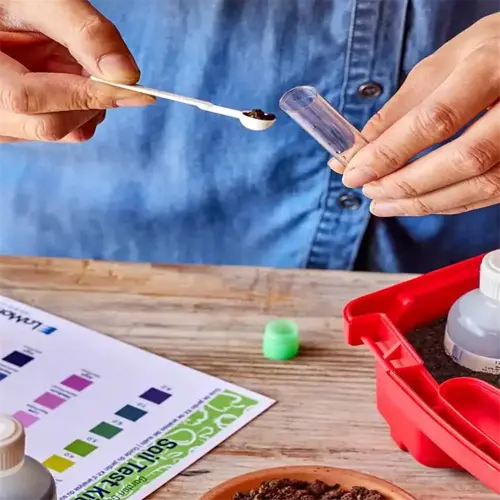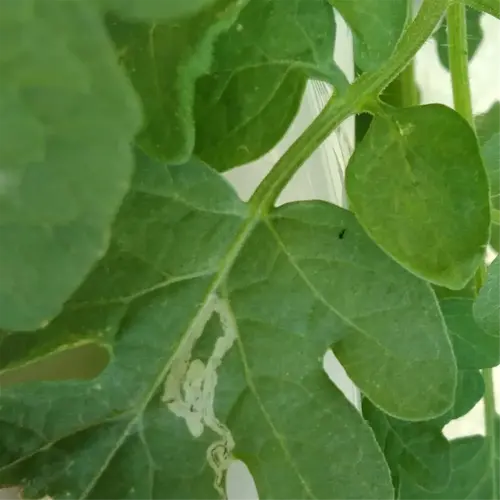Are lasagna gardens fire hazards in dry regions?

Written by
Julia Anderson
Reviewed by
Prof. Charles Hartman, Ph.D.The lasagna gardening manner has little threat of burning if one attends to it, even in very dry areas. I have Arizona clients who use water and material selection to manage safe beds. Avoid very dry wood chips or untreated pine straw, which can easily ignite in a flame. Instead, use primarily green layers and borders that will not ignite, creating fire-resistant ecosystems.
Moisture-Rich Layers
- Soak cardboard/paper for 24 hours before layering
- Mix fresh grass clippings with food scraps (3:1 ratio)
- Top with 2" compost to retain moisture
- Install drip irrigation lines under layers
Non-Flammable Edging
- Use river rocks or concrete pavers (6" width)
- Avoid wooden borders within 3 feet of structures
- Create 12" gravel buffer zones around beds
- Bury metal flashing 4" deep at bed perimeters
Keep a defensible space of at least 30 feet around homes in areas of high risk. My clients in California interplant `succulents`, such as aloe vera, between their vegetable rows; due to the high moisture in succulents, the fire spread is slowed. In areas with a lot of dry human biosolids, layers of water-retentive mulch (shredded newspaper soaked in compost tea) mitigate ignition risks on hot, windy days.
Moisture Retention
- Apply 3" straw mulch (not hay) over beds
- Use ollas (clay pots) buried in layers
- Water at dawn/dusk to minimize evaporation
- Monitor with $15 soil moisture sensors
Safe Planting
- Avoid eucalyptus or pine near structures
- Choose firewise natives like California lilac
- Space plants 18" apart to limit fuel continuity
- Remove dead plant matter weekly
In the event of extreme and severe fire weather conditions, use geotextile fabric to temporarily cover your beds. My community garden in Oregon was able to survive because I covered my beds with fire-resistant geotextile fabric and watered them daily. ALWAYS keep hoses located in or near your community garden, and allow for access paths around garden areas for emergency personnel.
Read the full article: Lasagna Gardening Method: 10 Essential Steps for Success

